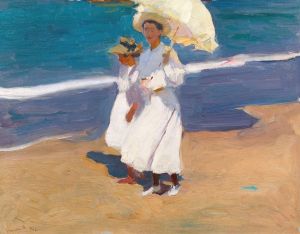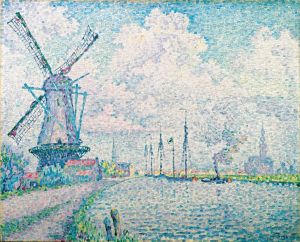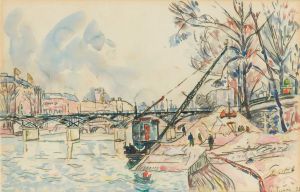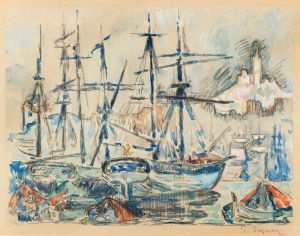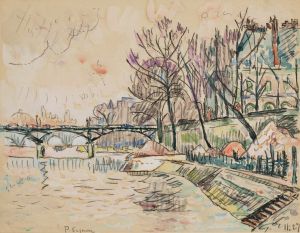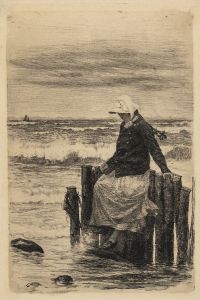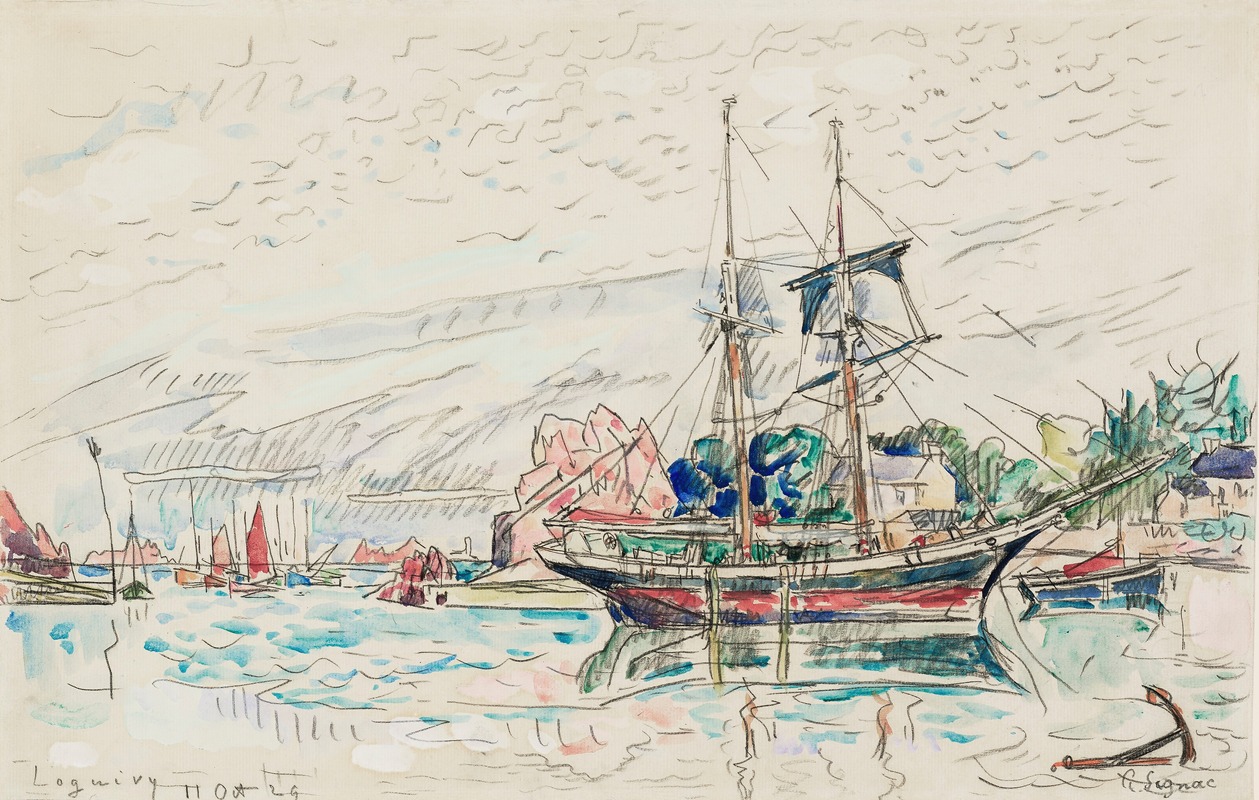
Loguivy
A hand-painted replica of Paul Signac’s masterpiece Loguivy, meticulously crafted by professional artists to capture the true essence of the original. Each piece is created with museum-quality canvas and rare mineral pigments, carefully painted by experienced artists with delicate brushstrokes and rich, layered colors to perfectly recreate the texture of the original artwork. Unlike machine-printed reproductions, this hand-painted version brings the painting to life, infused with the artist’s emotions and skill in every stroke. Whether for personal collection or home decoration, it instantly elevates the artistic atmosphere of any space.
"Loguivy" is a painting by the French artist Paul Signac, who was a prominent figure in the development of the Neo-Impressionist movement. Born in Paris in 1863, Signac was initially influenced by the Impressionists, but he later became a leading proponent of Pointillism, a technique characterized by the application of small, distinct dots of color to form an image. This method was developed alongside Georges Seurat, and it aimed to achieve greater luminosity and vibrancy in paintings.
The painting "Loguivy" was created in 1921, during a period when Signac was extensively traveling and painting coastal scenes across France. Loguivy is a small fishing village located in Brittany, a region in the northwest of France known for its rugged coastline and maritime culture. Signac was drawn to such locations due to their vibrant natural light and the interplay of colors found in the sea and sky, which suited his Pointillist technique.
In "Loguivy," Signac captures the essence of the village and its maritime environment. The painting is notable for its use of bright, contrasting colors and the meticulous application of paint in small dots and strokes. This technique allows the colors to blend optically, rather than physically, creating a shimmering effect that mimics the natural light and atmosphere of the scene. The composition typically features boats, the sea, and elements of the village, reflecting Signac's interest in the harmony between human activity and nature.
Signac's work, including "Loguivy," is characterized by its emphasis on color theory and the scientific approach to painting. He was influenced by the color theories of Michel Eugène Chevreul and Ogden Rood, which explored how colors interact and the effects of juxtaposing complementary colors. This scientific approach was a hallmark of the Neo-Impressionist movement, distinguishing it from the more spontaneous and subjective methods of the Impressionists.
Throughout his career, Signac remained committed to the ideals of Neo-Impressionism, advocating for the use of color and light to convey emotion and meaning in art. His works, including "Loguivy," are celebrated for their vibrant color palettes and innovative techniques, which have influenced generations of artists.
"Loguivy" is part of Signac's broader body of work that explores the French coastline, capturing the unique character of each location he visited. His paintings from this period are appreciated for their ability to convey the beauty and tranquility of the natural world, as well as the subtle interactions between light and color.
Today, Paul Signac's paintings, including "Loguivy," are held in high regard and can be found in major art museums and collections worldwide. They continue to be studied for their technical innovation and their contribution to the evolution of modern art. Signac's legacy as a pioneer of Neo-Impressionism and his dedication to exploring the possibilities of color and form remain influential in the art world.





